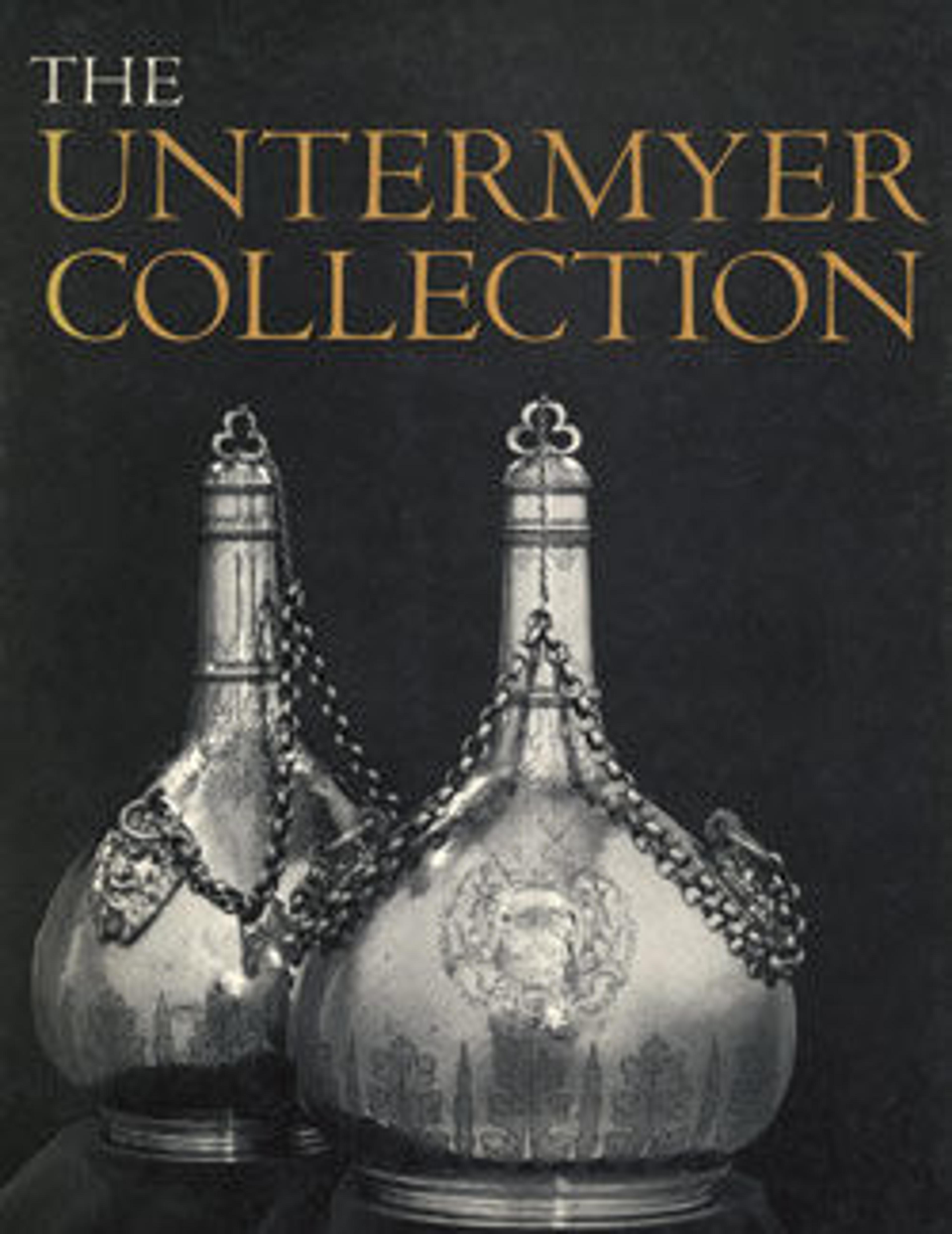Basin
Part of a large service for three dozen guests, this silver gilt ewer and basin were made for Sir Charles Hanbury Williams’ embassy to Russia in 1755. While ambassador to Russia, Williams befriended the Grand Duchess Catherine, who would become Catherine the Great after seizing the throne in 1762. Though these ornate examples may have been purely decorative, an ewer and basin were typically used for handwashing with warm, scented water before a meal.
Both ewer and basin bear the maker’s mark of Abraham Portal, whose family was among the Huguenots who fled France for England after the revocation of the Edict of Nantes in 1685. Portal was apprenticed to Paul de Lamerie, one of the most renowned silversmiths in eighteenth-century London; the elegant Rococo ornament of these pieces betray de Lamerie’s influence. After Portal’s brief career as a silversmith, he became a relatively successful playwright.
Both ewer and basin bear the maker’s mark of Abraham Portal, whose family was among the Huguenots who fled France for England after the revocation of the Edict of Nantes in 1685. Portal was apprenticed to Paul de Lamerie, one of the most renowned silversmiths in eighteenth-century London; the elegant Rococo ornament of these pieces betray de Lamerie’s influence. After Portal’s brief career as a silversmith, he became a relatively successful playwright.
Artwork Details
- Title: Basin
- Maker: Abraham Portal (British, active ca. 1747–died 1809)
- Date: 1755/56
- Culture: British, London
- Medium: Silver gilt
- Dimensions: Overall (confirmed): 16 1/8 × 11 3/8 × 6 in., 93 oz. 14 dwt. (41 × 28.9 × 15.2 cm, 2914.488g)
- Classification: Metalwork-Silver
- Credit Line: Gift of Irwin Untermyer, 1968
- Object Number: 68.141.317
- Curatorial Department: European Sculpture and Decorative Arts
More Artwork
Research Resources
The Met provides unparalleled resources for research and welcomes an international community of students and scholars. The Met's Open Access API is where creators and researchers can connect to the The Met collection. Open Access data and public domain images are available for unrestricted commercial and noncommercial use without permission or fee.
To request images under copyright and other restrictions, please use this Image Request form.
Feedback
We continue to research and examine historical and cultural context for objects in The Met collection. If you have comments or questions about this object record, please complete and submit this form. The Museum looks forward to receiving your comments.
